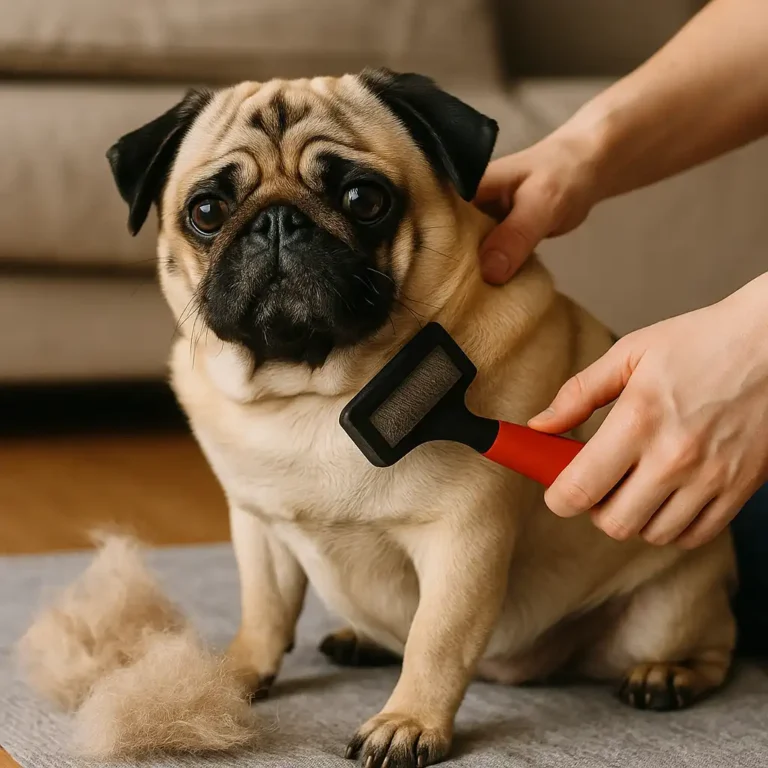Pug Oral Health Care Tips Every Owner Should Know

Disclosure: This post contains affiliate links. As an Amazon Associate, I earn from qualifying purchases—at no extra cost to you.
Pugs are known for their charming smiles and affectionate nature, but behind that squishy face is a mouth that needs regular care. Due to their short muzzles and compact jaws, pugs are more prone to dental issues than many other breeds. Without proper attention, they can develop plaque buildup, gum disease, and even tooth loss. Understanding how to care for your pug’s teeth can make a big difference in their long-term health and comfort.
Why Dental Care Is Critical for Pugs
Pugs tend to have crowded teeth because of their small mouths, which increases the risk of trapped food and tartar buildup. Over time, this can lead to gingivitis, painful infections, and unpleasant breath. Poor dental hygiene may also affect your pug’s overall health, as oral bacteria can travel through the bloodstream and impact internal organs like the heart and kidneys.
Daily Dental Habits at Home
The best way to support your pug’s oral health is with consistency. Brushing your dog’s teeth daily or at least a few times a week helps remove plaque before it hardens into tartar. Use a dog-specific toothbrush and toothpaste—never use human products, as they can be toxic to dogs.
If your pug isn’t used to brushing, introduce the routine slowly. Let them taste the toothpaste and gently touch their mouth with the brush until they feel comfortable. Always reward them afterward with praise or a healthy treat.
Chews and Toys That Support Dental Health
Dental chews are a great supplement to brushing. Choose treats that are specially designed to reduce plaque and promote fresh breath. These are often textured to help clean the teeth as your pug chews. Be sure to pick a size appropriate for your dog to prevent choking hazards.
Some toys also promote dental care. Rubber chew toys with ridges can massage the gums and reduce tartar buildup during play. Just make sure the toy is durable and sized for small breeds like pugs.
Professional Dental Cleaning
Even with excellent at-home care, your pug will benefit from professional cleanings. Your vet can safely remove hardened tartar, check for underlying issues, and evaluate your dog’s overall dental health. Depending on your pug’s condition, professional cleanings may be recommended once a year.
Signs of Dental Problems in Pugs
Be on the lookout for signs that something may be wrong with your pug’s mouth. Common symptoms include:
- Bad breath that doesn’t improve
- Yellow or brown buildup on teeth
- Swollen or bleeding gums
- Difficulty eating or chewing
- Pawing at the mouth or face
If you notice any of these signs, schedule a vet visit promptly to prevent further complications.
Conclusion
Pug oral health care isn’t just about fresh breath—it’s about giving your pup a longer, healthier life. A proactive dental care routine that includes brushing, safe chew toys, and regular vet visits will help keep your pug smiling for years to come. A little effort goes a long way in protecting those adorable teeth and ensuring your furry friend stays happy and pain-free.






